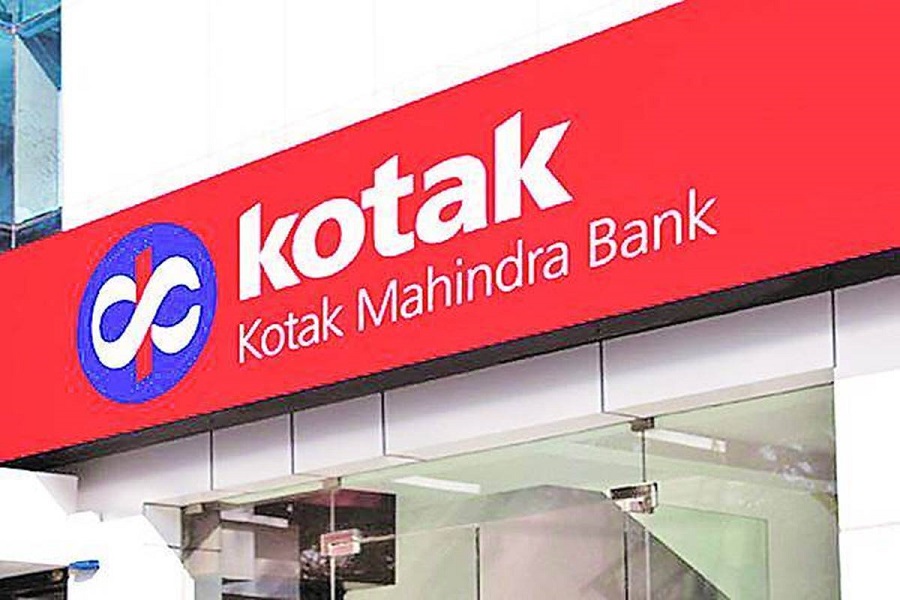MUMBAI:
The latest edition of TransUnion CIBIL- SIDBI MSME Pulse Report reveals that commercial credit which had been steadily growing over the past few years, has slowed down in the recent quarters. The total on-balance sheet commercial lending exposure in India is ?65.0 Lakh Crores as of Sep’19.
The year-on-year (YoY) commercial credit growth stood at 8.1% in the quarter ending in Sep’19, significantly lower than the annual credit growth rates of previous quarters. Credit growth measured 16.2% during Dec’17 to Dec’18, 12.6% during Mar’18 to Mar’19 and 14.8% during Jun’18 to Jun’19 period. YoY growth in Sep’19 cooled across all segments when compared with annual credit growth of other quarters. The overall non-performing assets (NPA) rate of commercial lending was at 16.8% in Sep’19, marginally lower than 17.0% in Sep’18.
On the MSME segment, YoY growth stood at 7.7%, 4.6%, and 1.9% for micro, small and medium MSMEs respectively for the period from Sep’18 to Sep’19. NPA rates in this segment have increased from 11.7% in Sep’18 to 12.2% in Sep’19. The MSME segment with aggregate credit exposure of up to ?50 Crores, constitutes Rs 18.3 Lakh Crores outstanding (~28% of commercial credit outstanding). Large corporates with aggregated credit exposure of more than ?50 Crores, account for ?46.7 Lakh Crores (~72% of commercial credit outstanding).
This edition of MSME Pulse covers a study on the changing profile of acquisition on MSME lending, measured using factors like vintage, CIBIL MSME Rank (CMR) distribution and the size of the borrowing entity. CMR is a credit score for MSMEs where the score output rank values range from 1 to 10. CMR predicts early signs of risk. Typically, MSMEs with CMR-1 to CMR-3 are considered lowest risk, CMR-4 to CMR-6 are considered medium risk and CMR-7 to CMR-10 are the highest risk. Further, impact of change in borrower profile is measured through the bad rate of borrowers observed within a year of sanction and renewal.
The study findings show that the bad rate on MSME borrowers has increased to 3.02% in the quarter ending Sept’19 from 2.94% in the quarter ending Sept’18. Major factor contributing to this marginally higher bad rate is the increase in the share of lending towards lower vintages and high risk borrowers in Q2- FY19. Study on vintage distribution of borrowers acquired in Q2-FY19 shows that there is a significant increase in the acquisition of lower vintage borrowers (with credit history of 1-4 years).
Proportion of borrowers with high bad rate peak in the lower (1-4 years) vintage bucket as compared to newly acquired (0-1 years) vintage bucket and higher vintage buckets (4+ years). Also, Proportion of borrowers acquired in highest risk segment (CMR-7 to CMR-10) has increased from 13.5% to 15.7%, contributing to the increase in bad rate.
Commenting on these findings, the Managing Director and CEO of TransUnion CIBIL, Satish Pillai, said: “We know that the industry level credit exposure trends are driven by either growth or slow-down in fresh loan disbursals, changes in utilization levels of existing limits or changes in the percentage of exits of existing limits and we are examining the contribution of each element at a sectoral level to help lenders find the risk and opportunities as well as possible solutions to Private drive sustained growth.”
MSME Pulse Eighth Edition Highlights
Commercial credit growth has slowed down in recent quarters: Commercial credit, which has been steadily
growing over the past few years, has slowed down in the past few quarters. The total on-balance sheet commercial lending exposure in India is Rs 65.0 Lakh Crores in Sep’19.
The year-on-year (YoY) commercial credit growth was at 8.1% in the quarter ending in Sep’19. However, the growth rate for the period Dec’17 to Dec’18 was 16.2%, Mar’18 to Mar’19 was 12.6% and Jun’18 to Jun’19 was 14.8%. On a quarter-on-quarter (QoQ) comparison, Sep’19 quarter ending exposure levels are higher than Mar’19 and Jun’19 quarter ending exposure. YoY growth in Sep’19 has been lowest across all segments when compared with annual credit growth of other quarters.
The MSME segment with aggregate credit exposure of up to Rs 50 Crores, constitutes Rs 18.3 Lakh Crores
outstanding (~28% of commercial credit outstanding). Large corporates with aggregated credit exposure of more than ?50 Crores, account for ?46.7 Lakh Crores (~72% of commercial credit outstanding). Micro (less than ?1 Crore), small (?1 Crore-?15 Crores) and medium (?15 Crore-?50 Crores) segments showed a YoY growth of 7.7%, 4.6%, 1.9%, respectively for the period Sep’18 to Sep’19.
Marginal improvement in commercial asset quality: The overall NPA rate of commercial lending was at 16.8%
in Sep’19, marginally lower than 17.0% in Sep’18. At a time when commercial credit growth was slowing down,
growing by 8.1% over the year, gross NPA has increased by only at 6.8% resulting in a lowering of the NPA rate by 20 basis points.
The gross NPA amount increased from ?10.2 Lakh Crores in Sep’18 to ?10.9 Lakh Crores in Sep’19. Crucial to note is that the NPA rate in commercial lending was at a peak of 17.5% in Jun’18, but because of various reform measures, it has now come down to 16.8%. In the MSME segment, NPA rates have increased from 11.7% in Sep’18 to 12.2% in Sep’19.
NBFCs lose market share along with deterioration in asset quality: Public Sector Banks (PSBs) who traditionally have been the largest lender to the MSME segment, account for 60% of lending in Micro segment. The share of PSBs and Private Banks in the small segment of borrowers is comparable, with each having a market share of ~44%. NBFCs’ share in the small and medium sized enterprises’ lending segment is higher compared to the smaller and less formal MSME segment. Over the last few years, Private Banks and NBFCs have successfully managed to gain market share from Public Sector Banks on MSME lending. However, in the quarter ending Jun’19, the share of NBFCs had declined for the first time in the last two years. NBFCs have also witnessed an increase in NPA rates in the quarter ending Sep’19.
MSME lending has increased for lower-vintage, high-risk borrowers and more towards smaller sized MSMEs: Changing profile of acquisition is measured using factors like vintage, CMR distribution and size of the
borrower. Further, impact of change in borrower profile is measured through the bad rate of borrowers observed within a year of sanction and renewal. Study reveals that the bad rate on MSME borrowers has increased from 2.94% to 3.02% for two acquisition periods (Jul-Sep’17 and Jul-Sep’18). Factors that contribute to marginally
higher bad rate are:
(i) Acquisition in micro segment increased to 66.7%, for the acquisition period Jul-Sep’18 from 61.9% in Jul-Sep’17.
(ii) Vintage distribution of acquired borrowers suggests that share of lending has increased towards lower-vintage borrowers (1-4 years) in Q2-FY19.
(iii) CMR distribution of acquisition shows that proportion of borrowers acquired in highest risk segment has
increased from 13.5% to 15.7%, contributing to the increase in bad rate.




